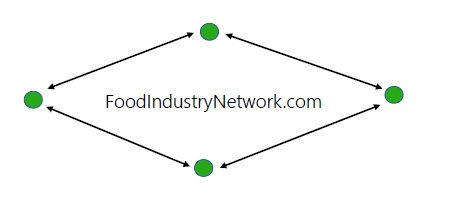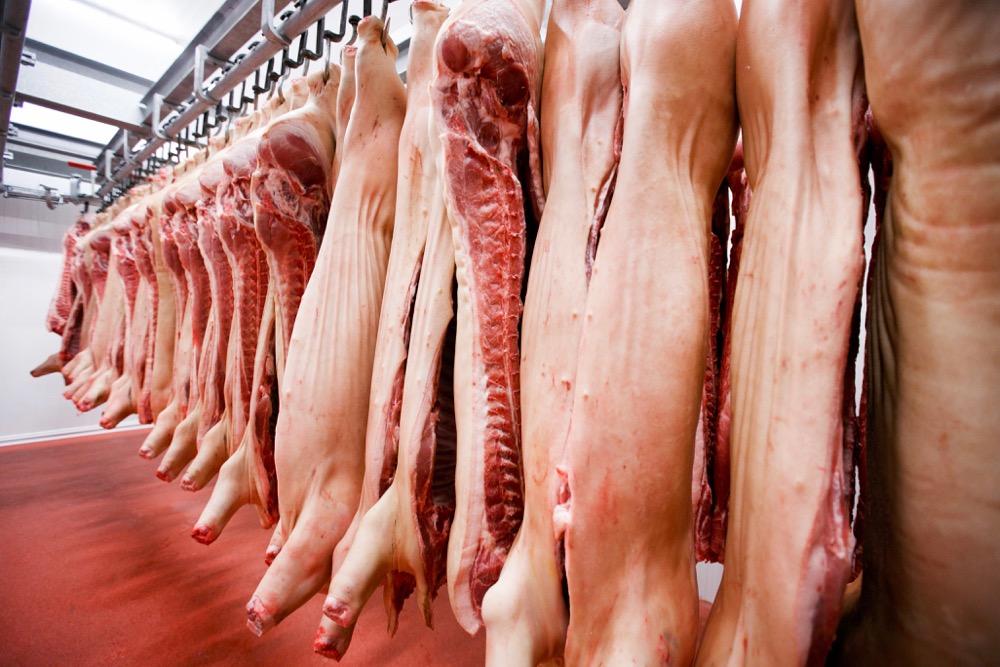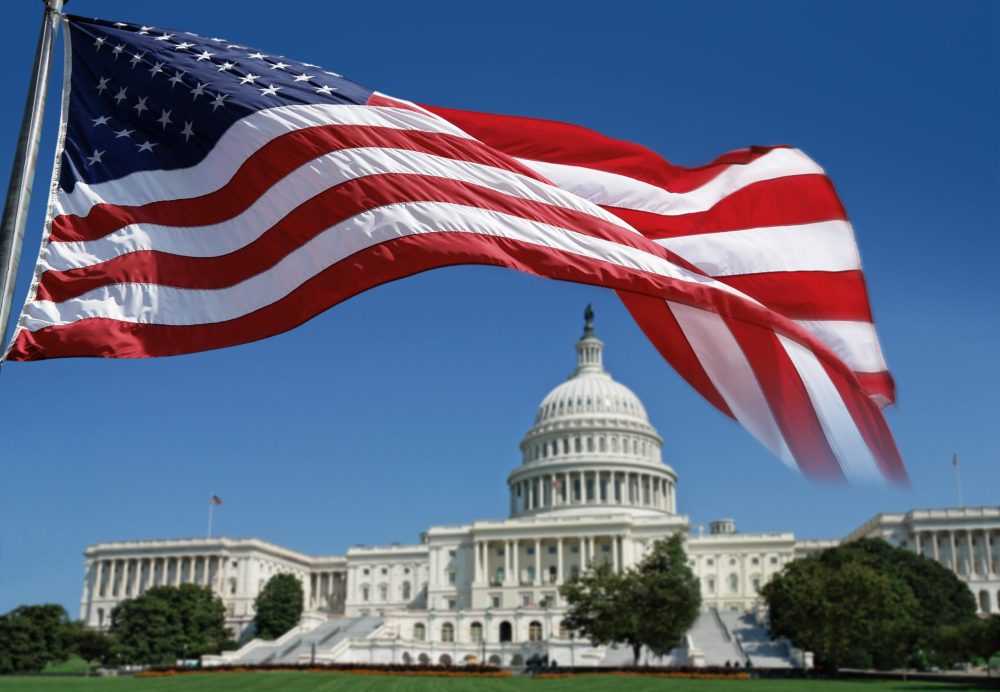White House says Trump will impose tariffs on April 2 ‘Liberation Day’

[UPDATED]—The White House confirmed on Tuesday that President Donald Trump will impose new tariffs on Wednesday, though it provided no details about the size and scope of trade barriers.
Trump has for weeks trumpeted April 2 as a “Liberation Day” that will see dramatic new duties that could upend the global trade system, with a White House Rose Garden announcement scheduled for Wednesday afternoon.
White House spokeswoman Karoline Leavitt said reciprocal tariffs on countries that impose duties on U.S. goods would take effect immediately after Trump announces them, while a 25 per cent tariff on auto imports will take effect on April 3.
Read Also


Canadian farm groups say manage U.S. tariffs first
Canadian farm groups say first U.S. tariffs need to be managed, then retaliatory action can be considered.
“The president has a brilliant team of advisors who have been studying these issues for decades, and we are focused on restoring the golden age of America,” Leavitt said at a press briefing.
According to the Washington Post, aides are considering a plan that would raise duties on products by about 20 per cent from nearly every country, rather than targeting certain countries or products. The administration anticipates the new duties could raise more than US$6 trillion in revenue that could be sent on to Americans as a rebate, the paper reported.
A White House aide said any report ahead of tomorrow’s event is “mere speculation.” Trump’s actions have raised tensions with the United States’ largest trading partners.
Canadian agriculture in flux
The future of Canadian agriculture remains in flux as U.S. trade policies shift, and farmers can expect serious consequences from widespread tariffs.
The Canadian and American agricultural sectors are highly integrated, said Tyler McCann, managing director of the Canadian Agri-Food Policy Institute.
“If you start with potash in Saskatchewan, that’s exported down to Iowa. Corn in Iowa is sent to Minnesota. There’s pigs from Manitoba that are also sent to Minnesota. In Minnesota, they use that Iowa corn grown with Canadian potash and Canadian piglets to raise hogs…those hogs are slaughtered in Minnesota. Some of that Minnesota pork goes to Ontario to feed Ontario consumers.”
That integration has led the American National Pork Producers Council (NPPC) to lobby the Canadian government to exempt U.S. pork imports from retaliatory tariffs.
Canada has placed retaliatory tariffs on billions of dollars’ worth of American goods, including some meats, but hasn’t placed widespread levies on pork. However, Prime Minister Mark Carney has said Canada will impose new counter tariffs if Trump goes forward with new levies.
Meanwhile, Canada is more dependent on U.S. markets than it has been in decades, said McCann. There have been efforts to diversify trade into the Indo-Pacific, but they haven’t borne much fruit. Canada’s export growth can largely be pointed to increased trade with the U.S.
Chinese-imposed tariffs have also been impacting Canadian trade policies, muddying the waters even further, McCann added. Those tariffs, which now target canola meal and oil, peas, pork, and aquatic products, could have billions of dollars in consequences for Canadian agriculture.
Contracts already affected
Meanwhile, Canadian farmers have already felt the effects of the evolving trade war.
Anecdotes of potato processors trimming producer contracts filtered through the industry and news headlines earlier this spring, followed by reports of seed potato sales falling through as process potato producers no longer needed the seed.
United Potato Growers of Canada general manager Victoria Stamper said tariffs and uncertainty have dominated her conversations with growers nationwide.
“Even if the contract negotiations haven’t been completed, the volume decreases have been announced,” she said.
It isn’t just about the 25 per cent tariffs on Canadian goods that have been a months-long tug of war between Canada and the U.S. (and for which exemptions for products compliant with the Canada-U.S.-Mexico Agreement are set to run out April 2), although those are weighing on the industry. Stamper also pointed to surplus potatoes from 2024 and dropping french fry demand.
McCain Foods has been making adjustments across its North American supply network in the face of a decline in consumer demand, and economic and tariff uncertainty, said Charlie Angelakos, the company’s vice-president of global external affairs and sustainability, told the Manitoba Co-operator on March 27. The company did not say by how much they were cutting contracted acres.
U.S. cattle futures have continued to hover around record highs, and cattle buyers have continued to look to Canada. Analyst Jerry Klassen reported that U.S. packers purchasing in southern Alberta were requiring cattle to cross the border by April 1.
Developments to come
Trump has already imposed tariffs on aluminum and steel imports and has increased duties on all goods from China, raising tensions with his country’s largest trading partners.
Canada has vowed to respond with tariffs of its own. “We will not disadvantage Canadian producers and Canadian workers relative to American workers,” Prime Minister Mark Carney said in Winnipeg.
U.S. companies say a “Buy Canadian” movement is already making it harder for their products to reach that country’s shelves.
Other countries have threatened countermeasures as well.
Economists have warned that hefty tariffs would raise prices in the U.S. and abroad and hammer the global economy. A 20 per cent tariff on top of those already imposed would cost the average U.S. household at least $3,400, according to the Yale University Budget Lab.
Signs are already emerging that the U.S. economy is losing momentum due in part to uncertainty fostered by Trump’s chaotic approach to economic policymaking.
A raft of business and household surveys have shown sagging confidence in the economic outlook, citing worries that Trump’s tariffs will lead to resurgent inflation.
Rattled investors have sold stocks aggressively for more than a month, wiping nearly $5 trillion off the value of U.S. stocks since mid-February.
— With files from Reuters, Miranda Leybourne and Jeff Melchior
Source: Farmtario.com





